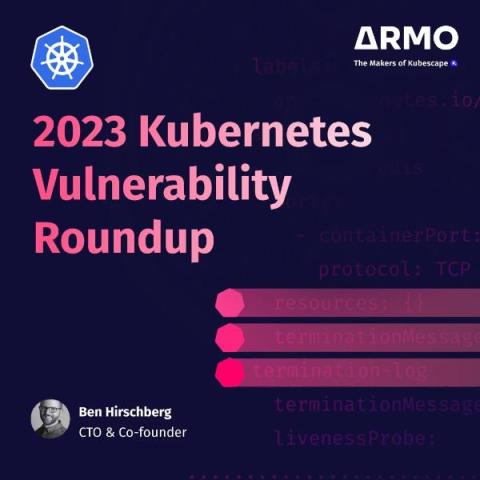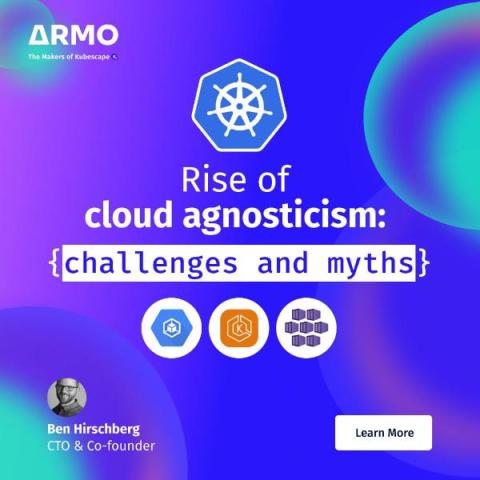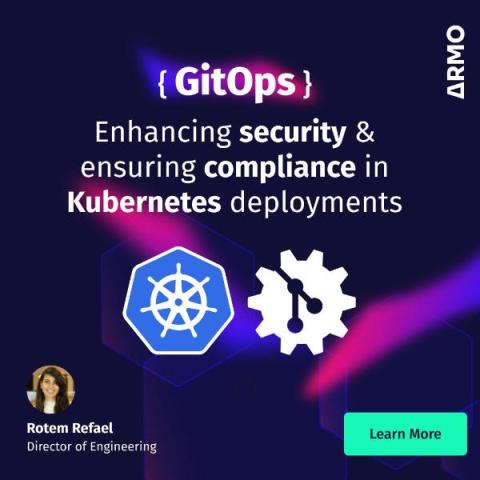2023 Kubernetes vulnerabilities roundup
Transparency in vulnerability disclosure plays a crucial role in effective risk management, regardless of software development models. The Common Vulnerabilities and Exposures (CVE) database serves as a valuable resource, offering insights into known weaknesses even when fixes are unavailable. This empowers organizations to make informed decisions about prioritizing mitigation strategies and protecting their systems.











